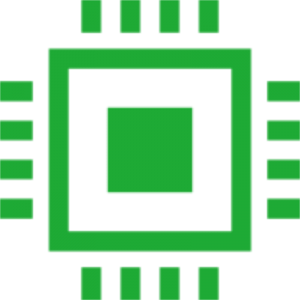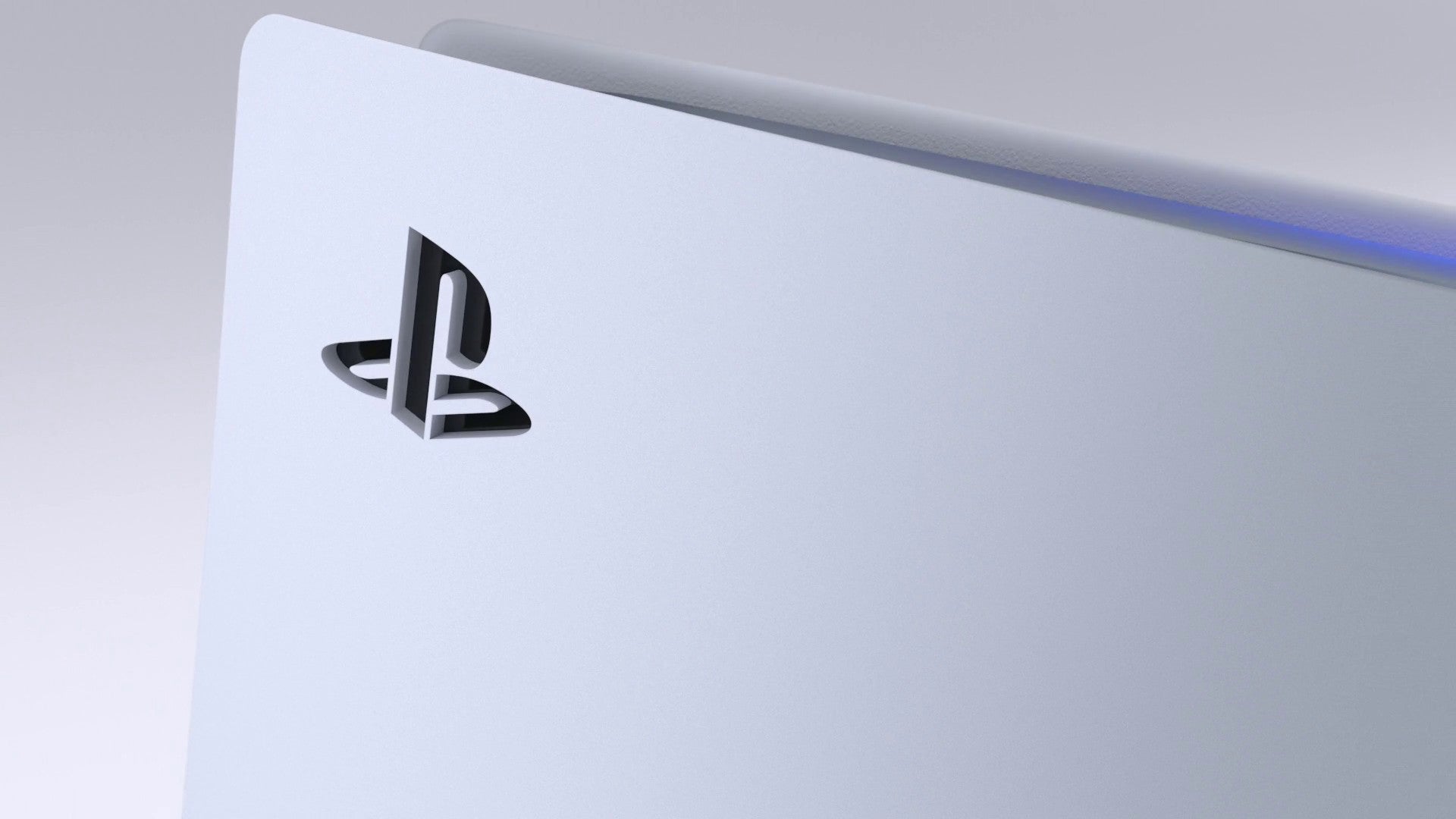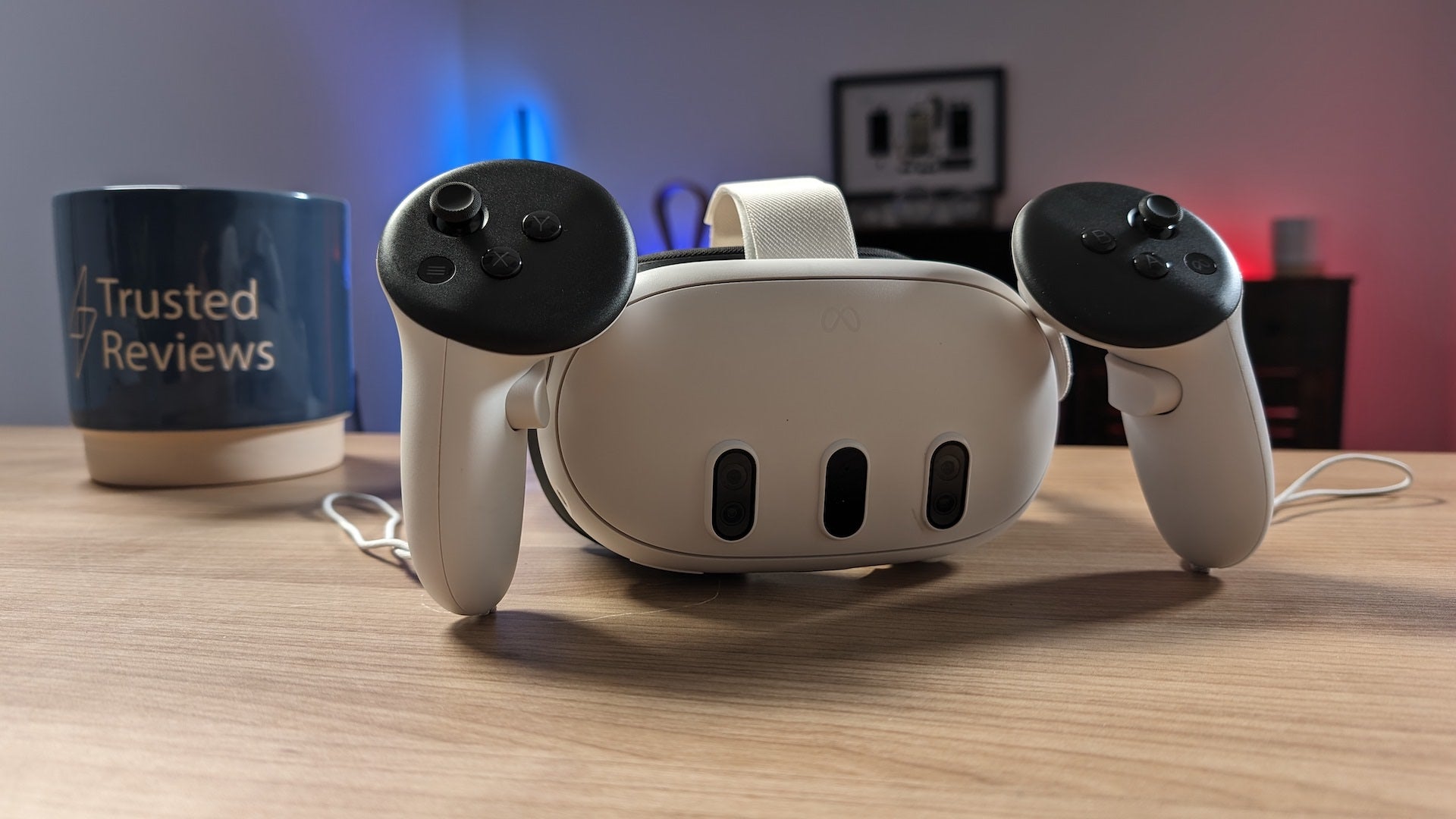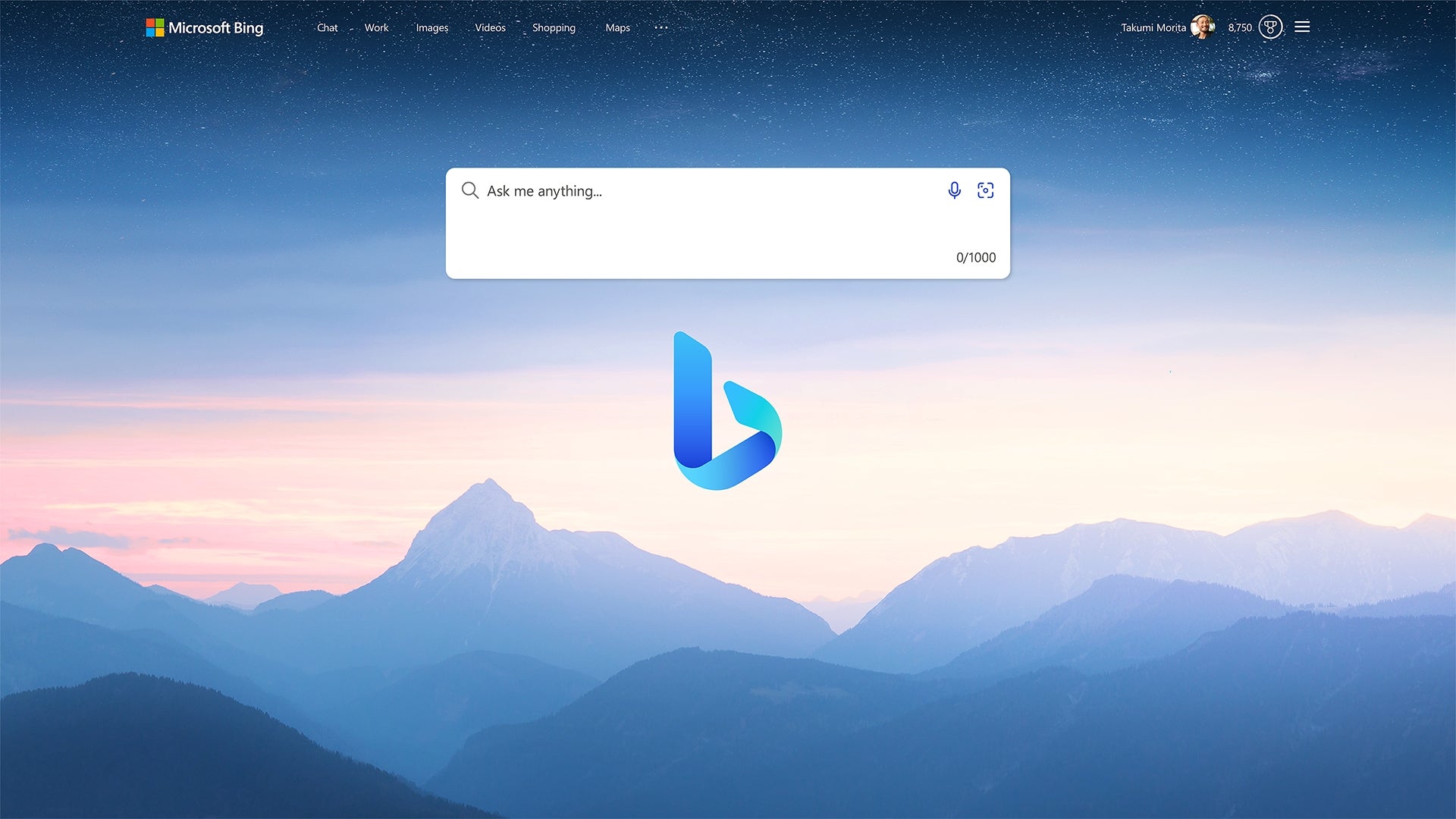
YouTube says video creators must now disclose when content created with the help of generative AI appears to be realistic.
In the new tools rolling out today within YouTube’s Creator Studio, creators will be asked whether their content has been altered to distort real people, places or events. This should mean content like deepfake videos generated with AI should be instantly identifiable by viewers.

Almost £500 off the Samsung Galaxy S23 Ultra
Get the top-rated Samsung Galaxy S23 Ultra for almost £500 off the initial asking price at Amazon. What was once £1,249 is now £753.79.
- Amazon
- Save £495.21
- £753.79
The “altered or synthetic content” label will appear on all videos that check the options when uploading videos and Google itself says it may add them to videos suspected of using AI in these instances.
In some cases the label will simply appear within the video description, but for important matters such as “health, news, elections, or finance” Google will place a more prominent label on the video itself. In a YouTube blog post, Google says examples that must adhere to the new policy include:
- Using the likeness of a realistic person: Digitally altering content to replace the face of one individual with another’s or synthetically generating a person’s voice to narrate a video.
- Altering footage of real events or places: Such as making it appear as if a real building caught fire, or altering a real cityscape to make it appear different than in reality.
- Generating realistic scenes: Showing a realistic depiction of fictional major events, like a tornado moving toward a real town.
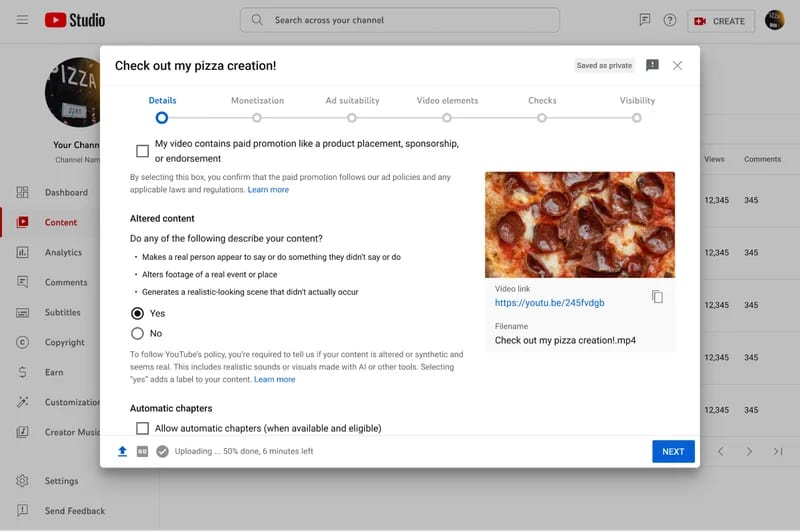
The company says content that is clearly unrealistic (e.g. “someone riding a unicorn through a fantastical world”), and videos using colour/lighting filters, background blur, vintage effects and beauty features will not be forced to adhere. The use of generative AI to create scripts, captions, and ideas will also avoid the disclosure.
“You’ll start to see the labels roll out across all YouTube surfaces and formats in the weeks ahead, beginning with the YouTube app on your phone, and soon on your desktop and TV,” the YouTube team writes in a blog post.
“And while we want to give our community time to adjust to the new process and features, in the future we’ll look at enforcement measures for creators who consistently choose not to disclose this information. In some cases, YouTube may add a label even when a creator hasn’t disclosed it, especially if the altered or synthetic content has the potential to confuse or mislead people.”
.keystone-video-block .flexible-container .ac-lre-player-ph-ext {
position: relative;
padding-bottom: calc((2 / 3.1) * 100%);
padding-top: 30px;
height: 0;
overflow: hidden;
}
.keystone-video-block .flexible-container .ac-lre-player-ph-ext.ac-lre-carousel-vertical {
padding-bottom: calc((2 / 3.9) * 100%);
}
.keystone-video-block .flexible-container .acw1 {
position: absolute;
top: 0;
left: 0;
width: 100%;
height: 100%;
}
@media only screen and (min-width:1301px){
.keystone-video-block .flexible-container .ac-lre-player-ph-ext {
padding-bottom: 440px;
}
.keystone-video-block .flexible-container .ac-lre-player-ph-ext.ac-lre-carousel-vertical {
padding-bottom: 350px;
}
}
The post YouTube's plan to stop AI Deepfakes wreaking havoc begins now appeared first on Trusted Reviews.
